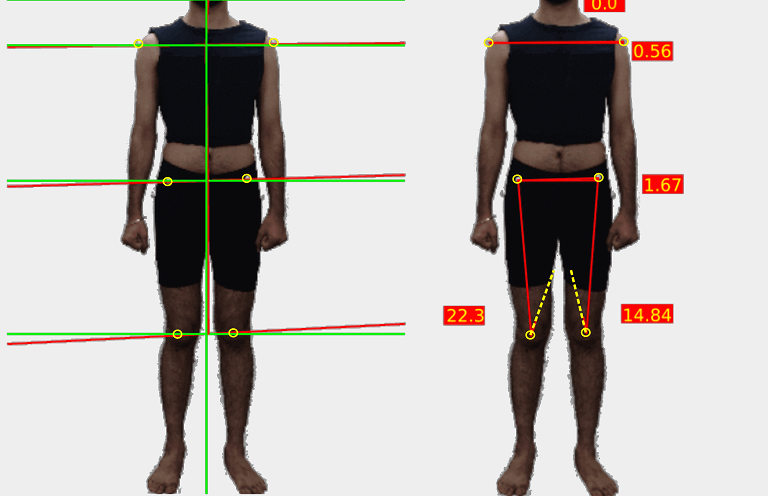Postural Analysis, whether done qualitatively or quantitatively, forms the foundation of every physiotherapy treatment. A number of physiotherapists use observation to assess the patient’s posture. In addition to visual observation, some physios use posture checklists, digital posture analysis etc. to perform a more comprehensive assessment of postural deviations in patients.
Having a quantitative assessment definitely makes it easier for the physiotherapist to keep track of the progress of the therapy. More importantly, it makes it easier to show the progress to the patient, which makes the entire treatment experience much more interactive.
Here is a simple posture assessment form you can use to get started. It is a simple checklist containing a number of parameters that you can assess to identify various postural deviations in the patient.

Therefore, combining ‘Effective treatment planning’ along with an ‘Interactive treatment planning’ is what turns a good physiotherapist into a successful physiotherapist.